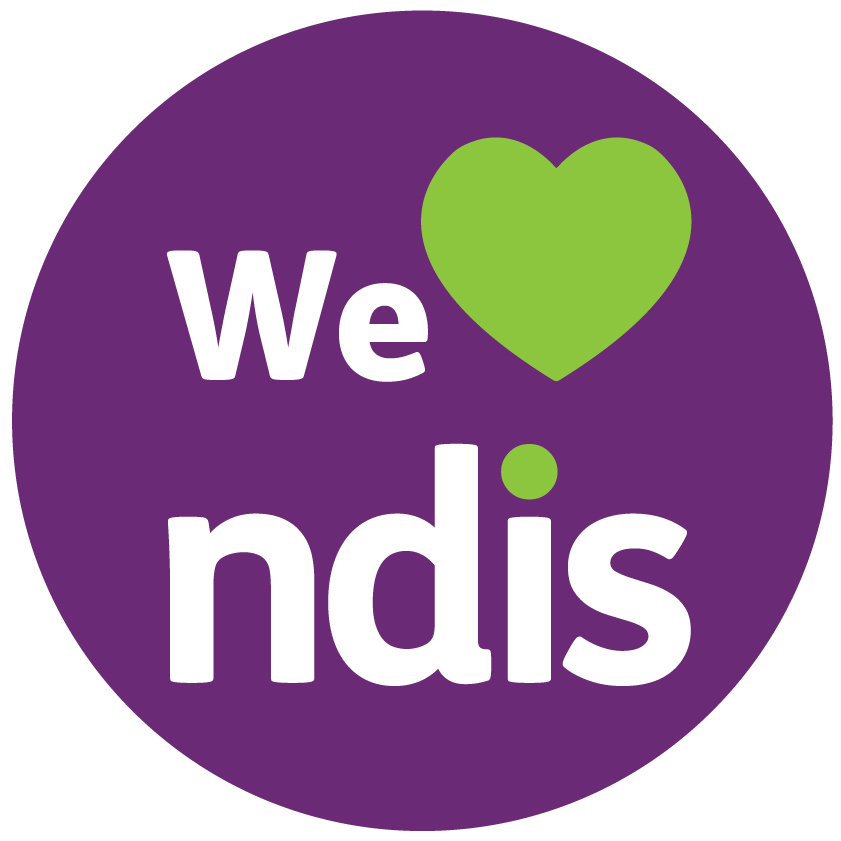
The National Disability Insurance Scheme (NDIS) has revolutionized the way disability services are funded and accessed in Australia. As an NDIS participant, it’s important to understand the differences between NDIS registered and non-registered providers, as well as the advantages and disadvantages of each. In this blog, we’ll explore the distinctions between these two types of providers, discuss the pros and cons, and delve into the rules surrounding NDIS branding and logo usage.
Difference between NDIS Registered and Non-Registered Providers
NDIS registered providers are organizations that have met the stringent requirements set out by the National Disability Insurance Agency (NDIA) and are approved to provide support and services to NDIS participants. These providers have undergone a comprehensive audit process to ensure they comply with all relevant regulations and standards, including quality and safety requirements.
On the other hand, non-registered providers are organizations that have not gone through the NDIS registration process. They can still offer services to NDIS participants, but are not held to the same regulatory standards as registered providers. Participants who choose to self-manage their NDIS plan, or who have a plan manager, have the option to engage non-registered providers.
Pros and Cons of NDIS Registered and Non-Registered Providers
NDIS Registered Providers:
Pros:
- Assurance of quality and safety standards
- Ability to cater to all NDIS participants, regardless of plan management type
- Access to a wider range of funding sources
Cons:
- Potentially higher service costs due to increased regulatory requirements
- May have limited availability or longer wait times for services
Non-Registered Providers:
Pros:
- Can offer more flexible and personalized services
- May have lower service costs due to fewer regulatory requirements
- Greater choice of providers for self-managed or plan-managed participants
Cons:
- Not held to the same quality and safety standards as registered providers
- Cannot provide services to NDIS participants with agency-managed plans
NDIS Branding and Logo Usage
NDIS registered providers are allowed to use specific NDIS logos and branding materials to indicate their status as approved providers. They can use the “Registered NDIS Provider” logo, which demonstrates their compliance with NDIA requirements.
Non-registered providers, or any other organization or individual, can use NDIS promotional logos, such as the “I/We love the NDIS” or “I/We support the NDIS” logos, without the need for written approval from the NDIA. These logos allow non-registered providers to show their support for the NDIS, even if they are not officially registered with the scheme.
However, the use of the official NDIS logo, which is a trademark, requires permission from the NDIA, regardless of whether the user is a registered provider or not. It’s crucial for providers and other organizations to follow the guidelines surrounding NDIS logo usage to avoid confusion and ensure that participants have accurate information about their service offerings.
In summary, both NDIS registered and non-registered providers have their own unique advantages and disadvantages. Ultimately, the choice between these two types of providers will depend on the individual needs and preferences of the NDIS participant. By understanding the key differences and branding guidelines, participants can make informed decisions about their service providers and receive the support they need to achieve their goals.

Leave a Reply